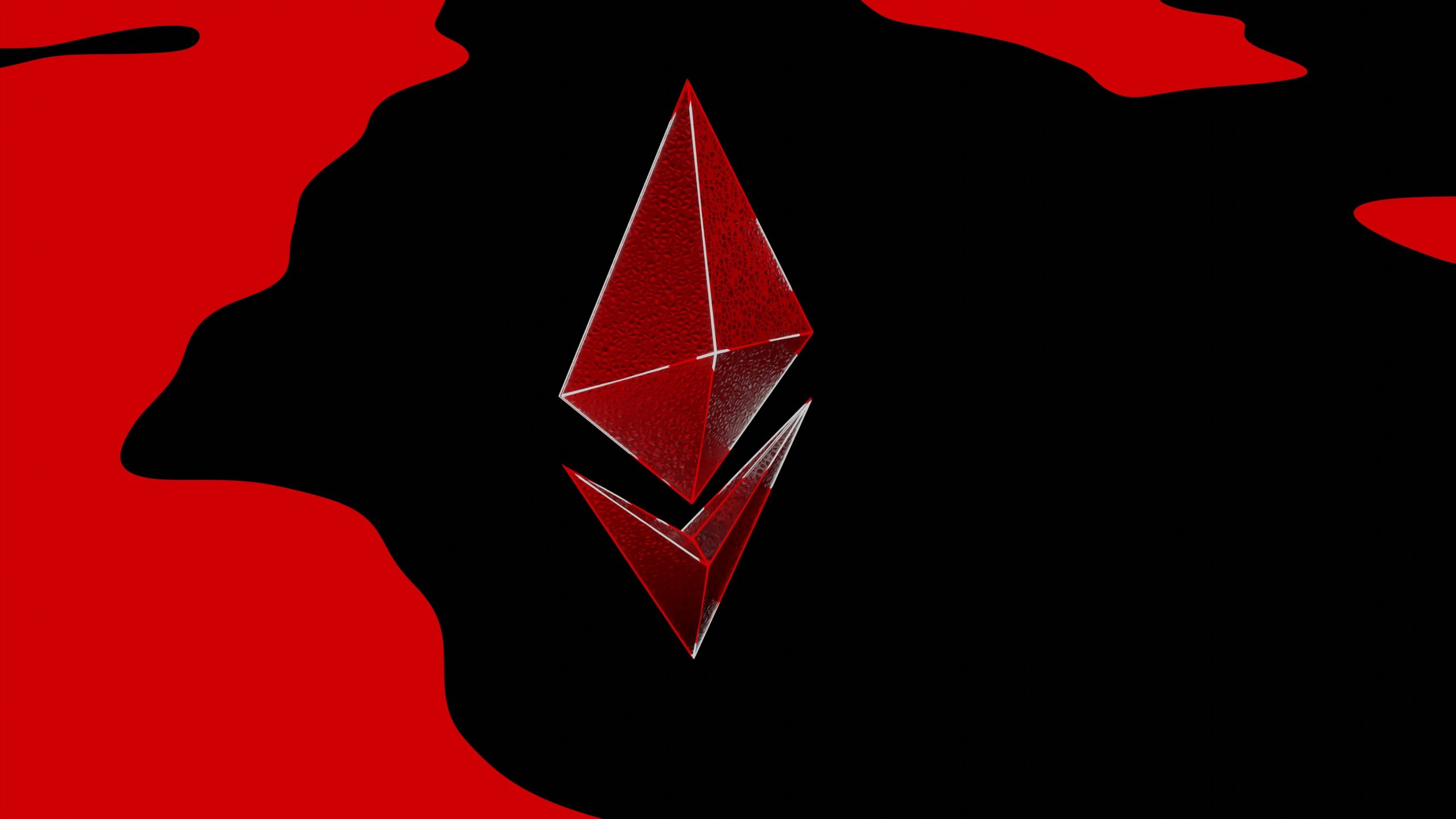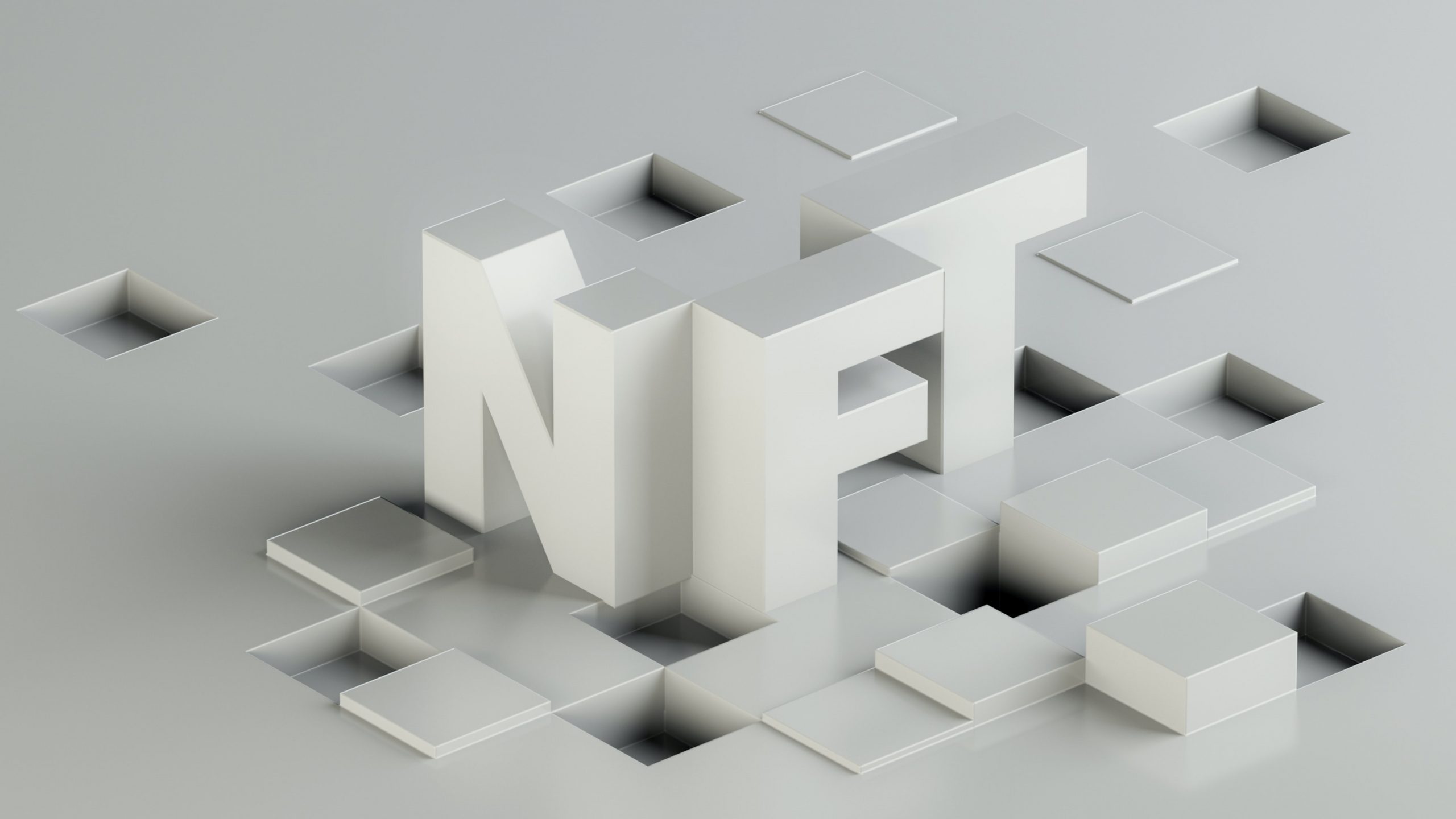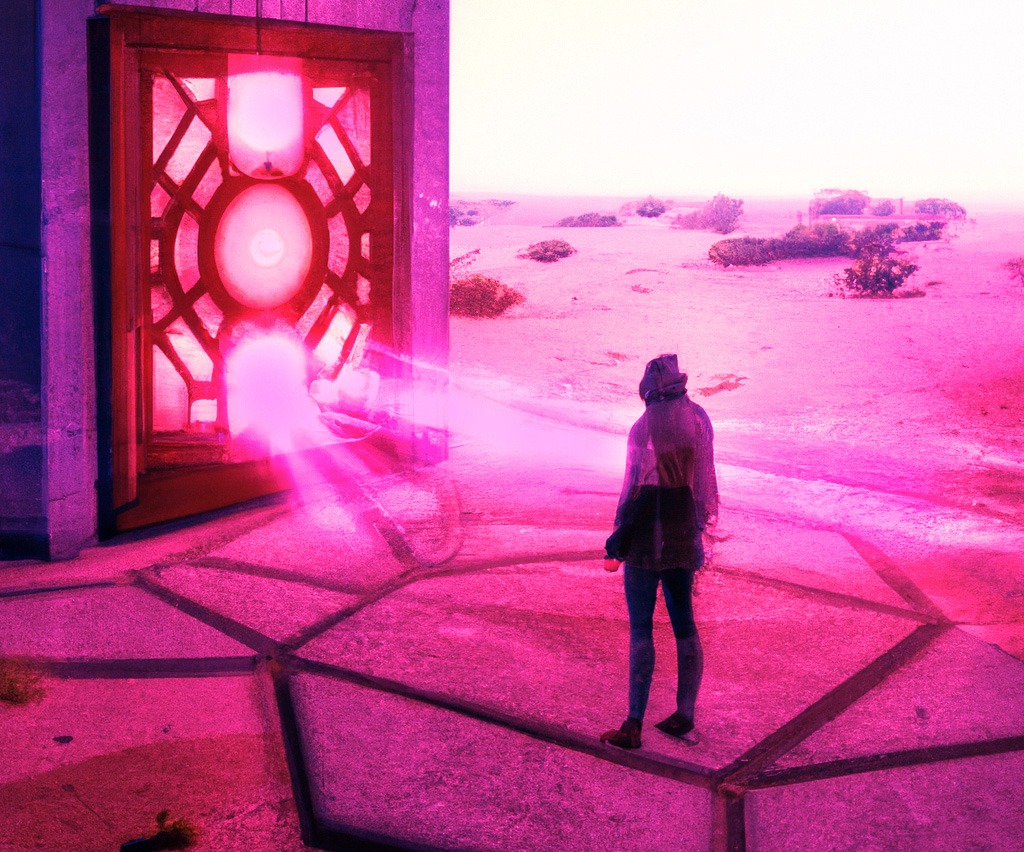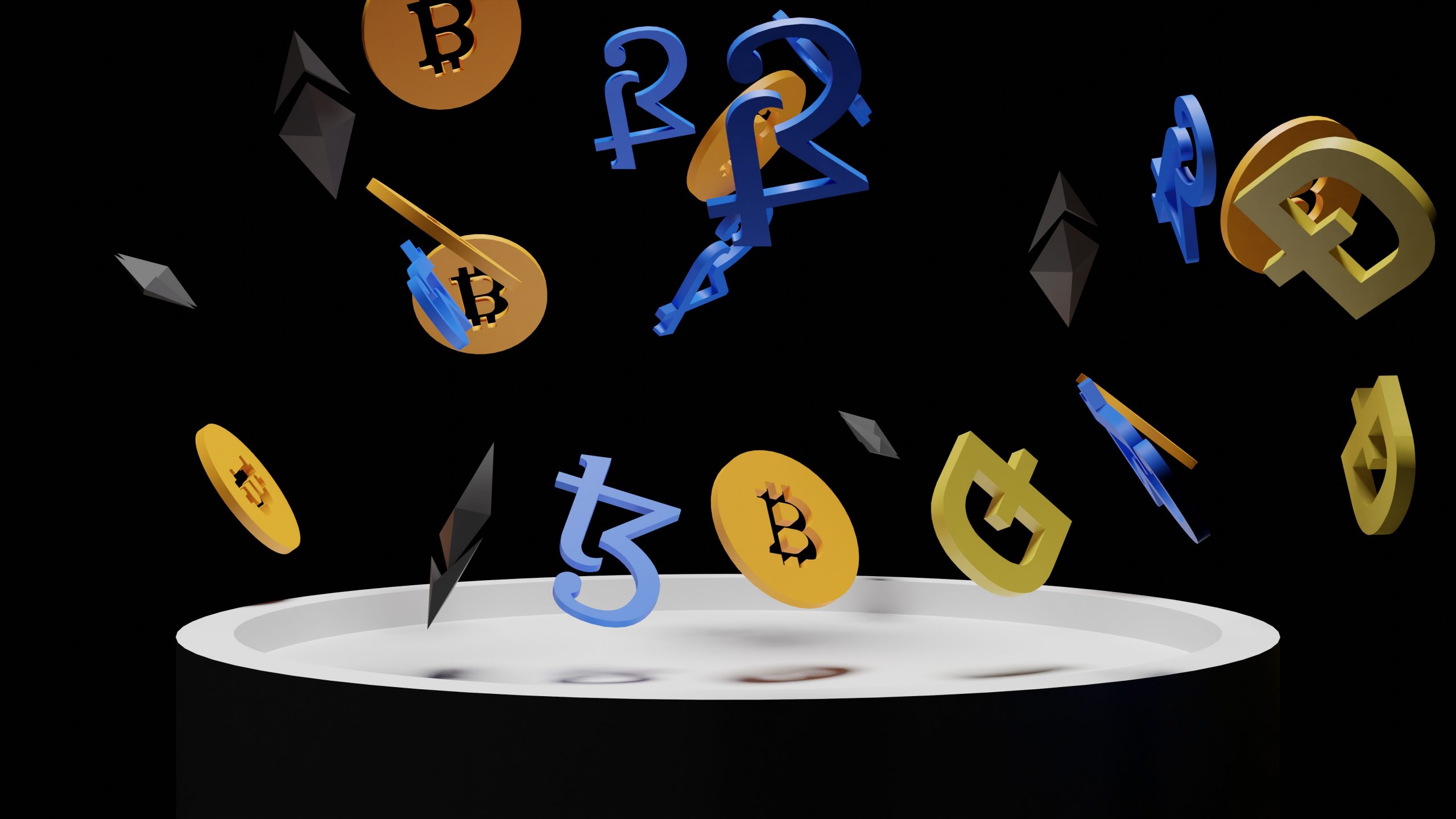What is Web3?
Web3, also known as Web 3.0 or web3, refers to the imminent iteration of the World Wide Web, based on blockchain technology. The current iteration of the Internet is called Web2, and the two have various differences, with decentralization at the heart of what this new stage of the internet is about.
The Basics
Ethereum co-founder Gavin Wood was the first person to call the imminent version of the World Wide Web Web3. The term caught on and is now the accepted term for the next version of the Internet.
To understand this new iteration, we need to look at Web 1.0 and Web 2.0. These are simply different eras of the Internet, with Web 1.0 starting in 1991 and ending in 2004 and Web 2.0 starting in 2004 to this day.
Web 1.0 was the first version of the internet, based on links and homepages. Web 2.0, also known as the read/write version of the Internet, came next. In Web 2.0, we can create our own content and publish it on a variety of websites, including social media platforms.
Web 2.0 has been revolutionary in terms of how we can use the Internet. However, with scandals surrounding data use, many people have become tired of Big Tech, paywalls and walled gardens. As a result, Web3 tackles people’s general dissatisfaction with Web2.
Web3 is the read/write/own stage of the Internet. In addition to the use of platforms, each individual can participate in the creation of this new Internet, in governance and in the operation of the main protocols of the Internet. Moreover, people become participants, not just consumers or customers.
So far, Web3 has several ideals or characteristics that differ from the other stages of the Internet. It is seen as verifiable; self-governing; permission-less; robust; stateful; distributed or decentralized; trustless; and with native, inbuilt payments.
These characteristics are due to the fact that in this new iteration of the internet, applications do not run on single servers. Rather, they are run on blockchains – which are decentralized networks of many peer-to-peer servers.
Blockchains store data in blocks. These are then linked together via cryptography. Once a block is filled with data, that block is linked up with the previous block. Therefore, this system chains the data together in chronological order.
Cryptocurrency is part and parcel of Web3 conversations. This is because crypto provides a financial incentive for those who want to participate in creating, governing or contributing to Web3 projects. Moreover, crypto or tokens can be seen as shares. The more tokens you have, the more say you have over the future of a project.
Final notes
Web3 is still evolving. As a result, different people have different interpretations of what Web3 means and will mean in a few years. Undoubtedly, Web3 is a paradigm shift that sparks and will continue to spark many conversations.






